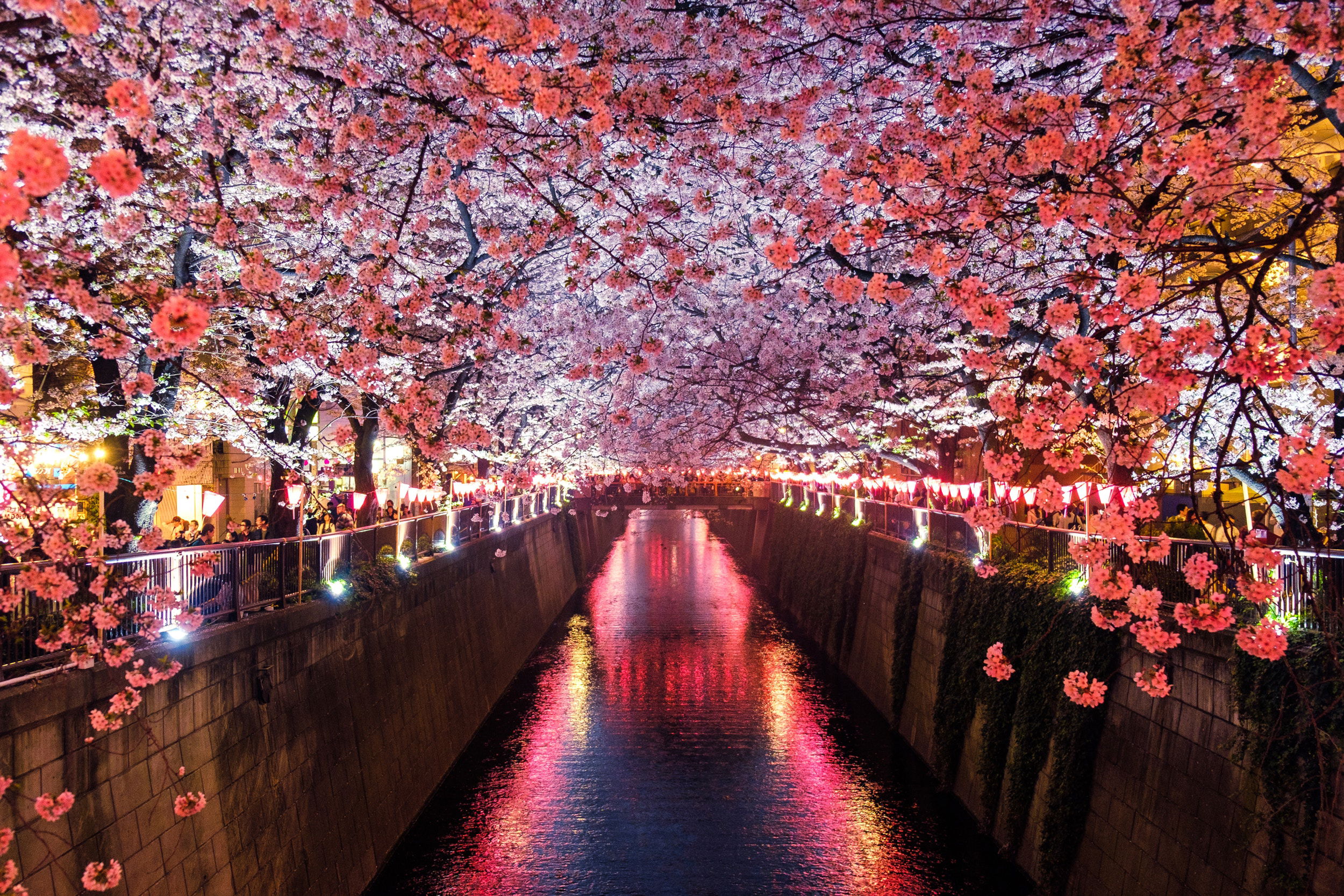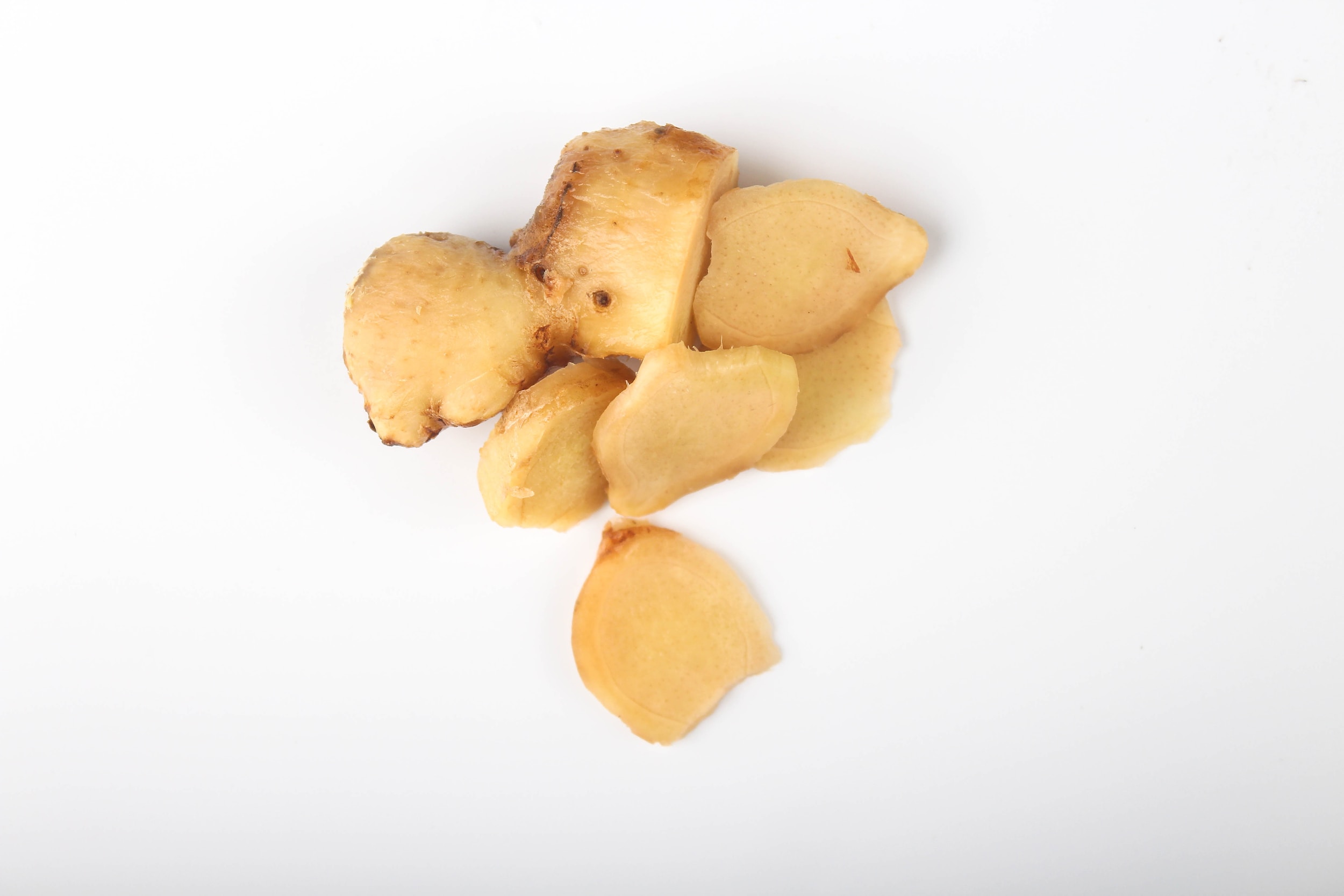"Shoga" (しょうが)

In Japanese culture, ginger is commonly known as "shoga" (しょうが) and has been used for both culinary and medicinal purposes for centuries. In Japanese cuisine, ginger is often pickled and served as a condiment called "gari" (がり) alongside sushi or sashimi. It is also used in many dishes for its spicy and aromatic flavor, such as in soups, stews, and stir-fries. Medicinally, ginger is believed to have anti-inflammatory and pain-relieving properties, and is often used to treat nausea, colds, and digestive issues. Ginger tea is a popular remedy for colds and flu, and is often served hot with honey and lemon. In addition to its culinary and medicinal uses, ginger has also been used in traditional Japanese arts and crafts. For example, ginger is used in making traditional Japanese dolls, known as "ningyo" (人形), to help preserve them and prevent insect damage. Overall, ginger is a well-loved and versatile ingredient in Japanese culture, with both practical and cultural significance.

Ginger has also played a role in Japanese folklore and mythology. One famous Japanese folktale involves a poor old couple who offered hospitality to a disguised deity, who then revealed himself and granted them wishes as a reward. The old man wished to become a rich merchant and the old woman wished to become a beautiful geisha. As the deity left, he gave them a piece of ginger as a reminder of his visit, and instructed them to plant it. The ginger grew into a prosperous ginger farm, and the old man and woman became wealthy from their harvest. This story is often retold during the Tanabata festival, which celebrates the meeting of two star-crossed lovers on the seventh day of the seventh lunar month. In addition, ginger is also believed to have spiritual and cleansing properties in Japanese culture. It is often used in purification rituals, and is thought to have the power to ward off evil spirits and negativity. Ginger is also sometimes used in aromatherapy and massage, as its warm and spicy scent is said to promote relaxation and relieve stress. In modern Japan, ginger continues to be a popular ingredient and flavoring in a variety of products, including snacks, drinks, and sweets. Ginger ale, for example, is a popular non-alcoholic beverage in Japan, and ginger-flavored candies and cookies are commonly found in Japanese convenience stores and supermarkets. Overall, ginger holds a special place in Japanese culture, with a rich history and many uses in culinary, medicinal, and spiritual contexts.

In traditional Japanese medicine, ginger has been used as a natural remedy for a variety of ailments. Ginger is believed to have anti-inflammatory properties and can be used to treat conditions such as arthritis, joint pain, and headaches. It is also thought to aid digestion and improve circulation, which can help alleviate stomach problems and reduce the risk of heart disease. Ginger is also used in traditional Japanese bathing rituals. "Yuzuyu," a winter solstice ritual that involves taking a bath with yuzu fruit and ginger, is believed to ward off colds and flu and promote good health. In Japanese gardening, ginger plants are prized for their beauty as well as their practical uses. The "myoga" (ミョウガ) plant, for example, is a type of ginger that is used in Japanese cuisine and is also grown as an ornamental plant in gardens. The myoga plant has distinctive pink or white flowers that bloom in the summer, making it a popular addition to Japanese flower arrangements. Finally, ginger is also featured in Japanese pop culture, particularly in anime and manga. Characters who are depicted as having a fiery or passionate personality are sometimes associated with ginger, and ginger-flavored snacks and drinks are often seen in anime and manga as well.